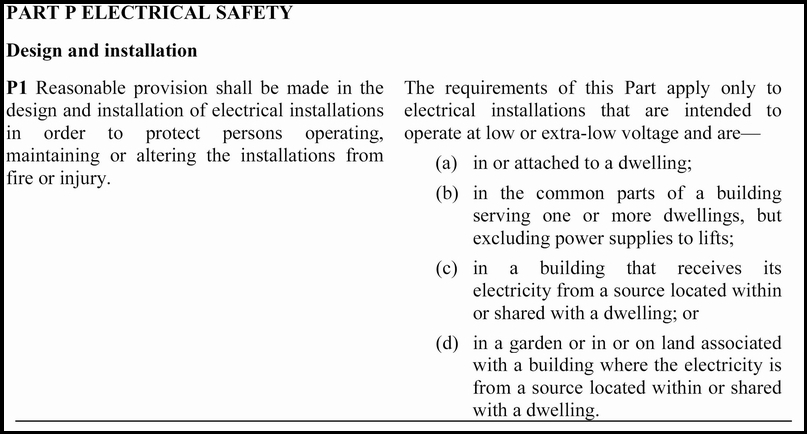I think this is a bit too complicated.
The OP wants to determine that his lighting circuit earth is actually earthed.
That is - the wiring is correct and the other end of the cable is connected to an earth terminal.
While measuring between light circuit CPC and socket circuit CPC may not actually prove the whole installation is earthed it is an indication that the circuits are wired correctly.
He could then test between other sockets and, say, cooker switch CPC.
It is a possibility that the whole installation is not earthed but that is unlikely and a different matter.
If that were the concern, then he would not be asking about light switches.
The OP wants to determine that his lighting circuit earth is actually earthed.
That is - the wiring is correct and the other end of the cable is connected to an earth terminal.
While measuring between light circuit CPC and socket circuit CPC may not actually prove the whole installation is earthed it is an indication that the circuits are wired correctly.
He could then test between other sockets and, say, cooker switch CPC.
It is a possibility that the whole installation is not earthed but that is unlikely and a different matter.
If that were the concern, then he would not be asking about light switches.




